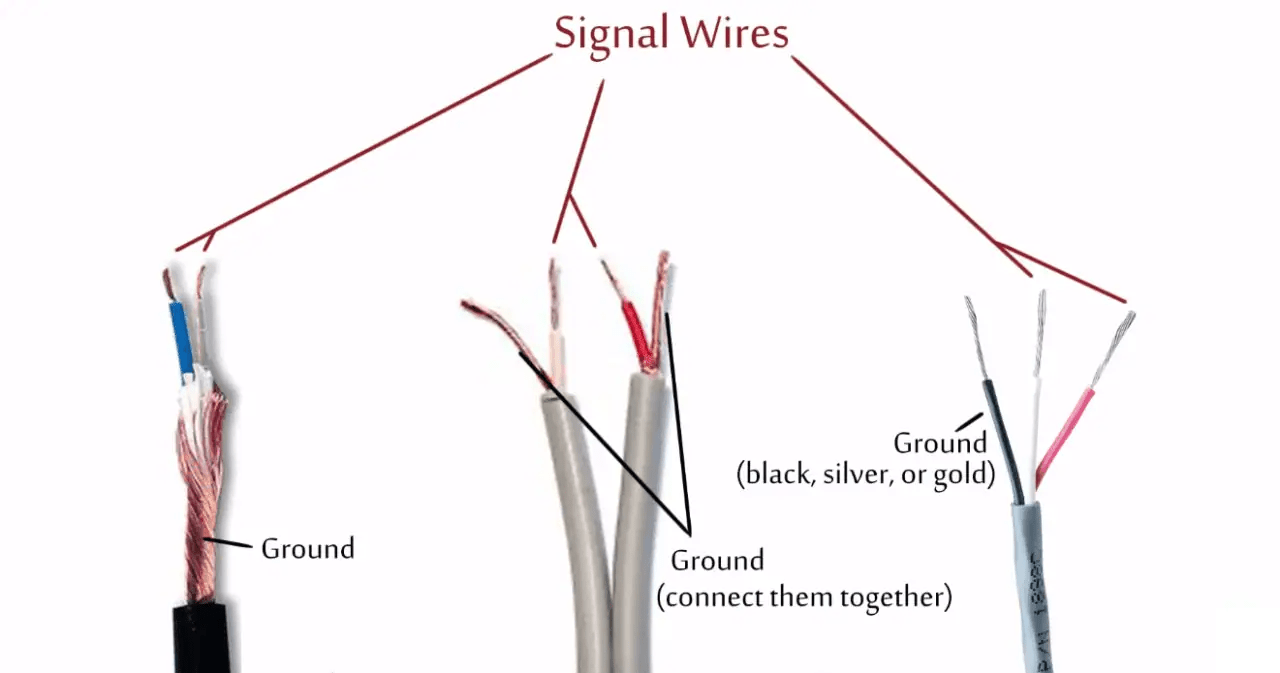Taming the Wire Beast: Mastering Black, Red, Blue, and White Wires
Ever feel a thrill of excitement mixed with a healthy dose of intimidation when faced with a tangle of wires? Those little colored strands – black, red, blue, and white – hold the key to powering our world. Understanding their language is like unlocking a secret code, empowering you to tackle DIY projects, troubleshoot electrical gremlins, and appreciate the intricate web that keeps our lights on and our gadgets humming.
Whether you're wiring a simple light fixture or delving into more complex electronics, grasping the meaning of these colored wires is fundamental. This isn't about becoming a certified electrician overnight, but about building a foundation of knowledge that can save you time, money, and potentially a shocking experience. This article will dive deep into the world of black, red, blue, and white electrical wiring, equipping you with the essential know-how to navigate this colorful landscape.
The standardized color-coding system for electrical wires didn't appear overnight. It evolved over decades to enhance safety and simplify electrical work. Early electrical systems were a chaotic mess of haphazard wiring, often leading to confusion and accidents. The introduction of color coding brought order to this chaos, allowing electricians to quickly identify the function of each wire, reducing errors and improving safety. Today, these color conventions are crucial for ensuring compatibility and preventing electrical mishaps.
These four colors – black, red, blue, and white – represent specific functions within a circuit. Understanding these functions is critical for proper wiring. Typically, black wires serve as hot wires, carrying the electrical current. White wires are neutral, providing a return path for the current. Red wires can function as a second hot wire in 220V circuits or as switch legs in 120V circuits. Blue wires are typically used for travelers in three-way or four-way switch applications. However, it’s important to remember that these are general guidelines, and local codes and specific applications can have variations. Always consult the relevant documentation and regulations.
One of the most common issues encountered with color-coded wiring is miswiring. This can occur due to several factors, such as incorrect interpretation of wiring diagrams, faded or damaged wire insulation making it difficult to identify the color, or simply human error. Miswiring can lead to short circuits, blown fuses, and even electrical fires. Therefore, double-checking your work and using a multimeter to verify the function of each wire is crucial for preventing these problems. Investing in a good quality wire stripper and crimper can also make a huge difference in ensuring secure and reliable connections.
One of the primary advantages of understanding electrical wire color codes is enhanced safety. By correctly identifying the function of each wire, you can minimize the risk of electrical shocks and fires. Proper wiring also ensures the efficient operation of electrical devices and appliances.
Advantages and Disadvantages of Standardized Wiring Colors
| Advantages | Disadvantages |
|---|---|
| Enhanced safety through clear identification of wire functions. | Colorblind individuals may face difficulties. |
| Simplified troubleshooting and repairs. | Variations in local codes can cause confusion. |
| Improved efficiency in electrical work. | Older wiring systems may not adhere to current standards. |
Frequently Asked Questions
What does a black wire typically represent? Black wires typically represent hot wires carrying current.
What is the purpose of a white wire? White wires serve as neutral wires, providing a return path for the current.
How are red wires used in electrical circuits? Red wires are used as second hot wires in 220V circuits or switch legs in 120V circuits.
What is the function of a blue wire? Blue wires are commonly used for travelers in three-way or four-way switch applications.
What are the dangers of miswiring? Miswiring can lead to short circuits, blown fuses, and electrical fires.
How can I verify the function of a wire? Use a multimeter to test the voltage and continuity of each wire.
Where can I find information on local electrical codes? Consult your local building authority or electrical inspector.
What tools are essential for working with electrical wires? Essential tools include wire strippers, crimpers, and a multimeter.
In conclusion, understanding the language of black, red, blue, and white wires empowers you to take control of your electrical projects. It's about more than just connecting wires; it's about building confidence, ensuring safety, and appreciating the intricate network that powers our modern lives. While this article provides a solid foundation, continuous learning and adherence to safety guidelines are crucial for success in any electrical endeavor. Invest in your knowledge, equip yourself with the right tools, and always prioritize safety. By mastering the basics of color-coded wiring, you unlock a world of possibilities, from simple DIY fixes to more complex electrical projects. Don't be intimidated by the wire beast – tame it with knowledge and careful practice.
Discovering the charm of santa maria de balaguer
Beyond disc golf exploring the other names for this growing sport
Decoding medicare plan b costs a practical guide





/ElectricalWiring_FINAL2-5c01dc0546e0fb0001f4d760.png)








